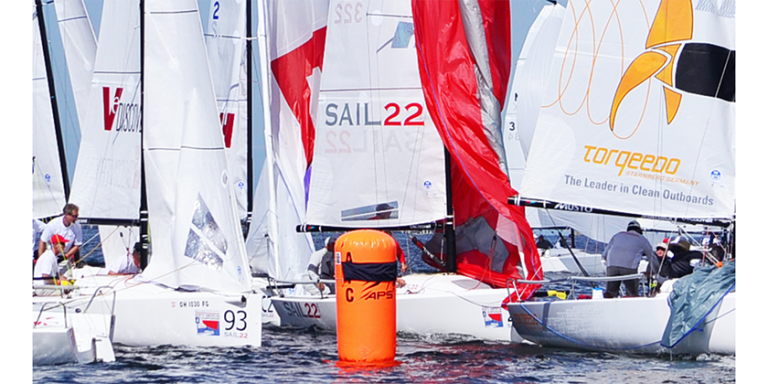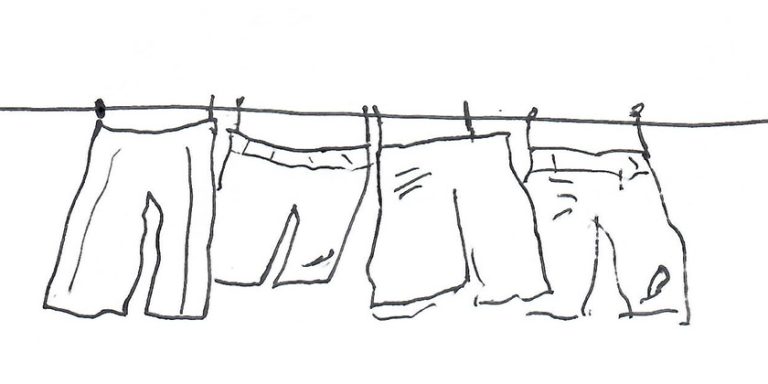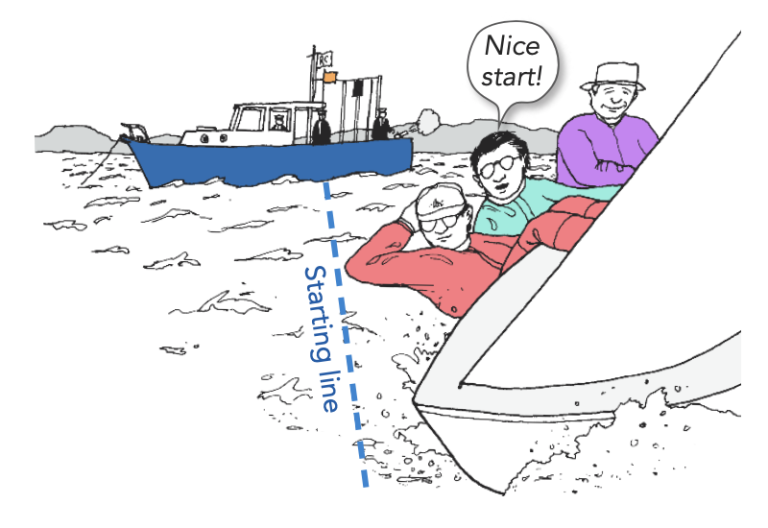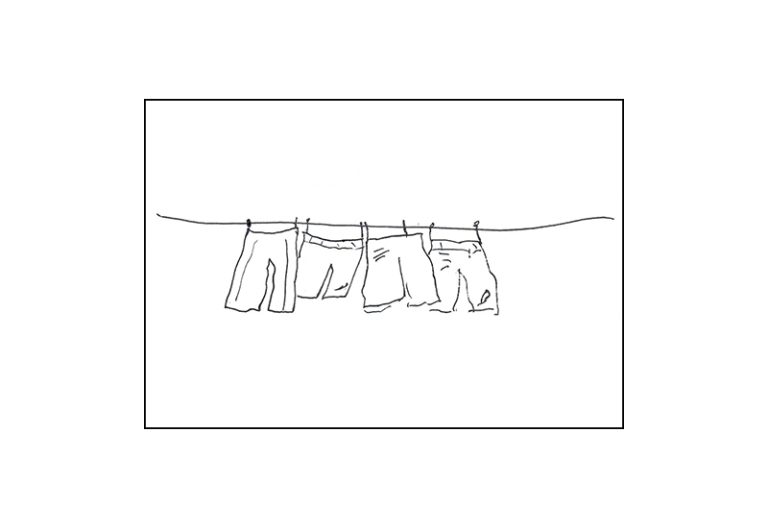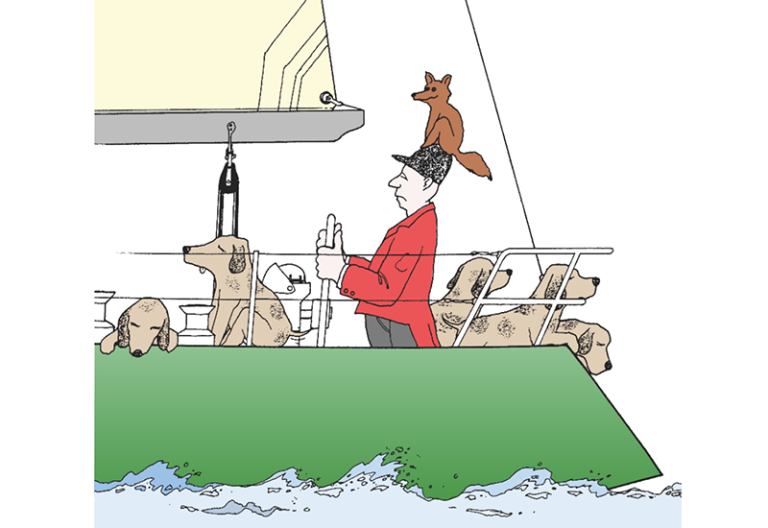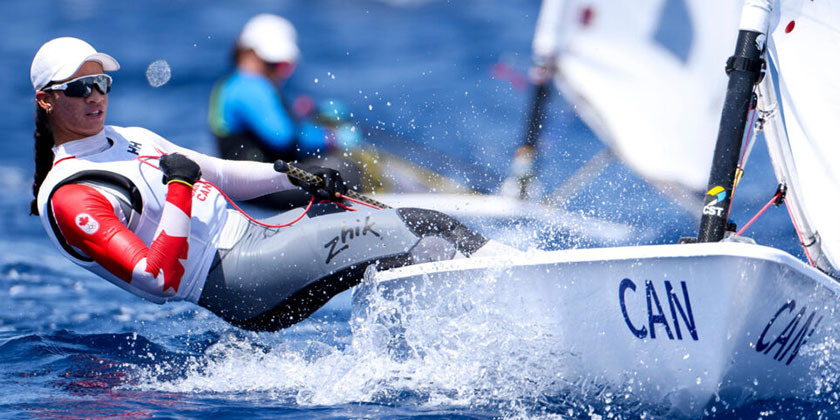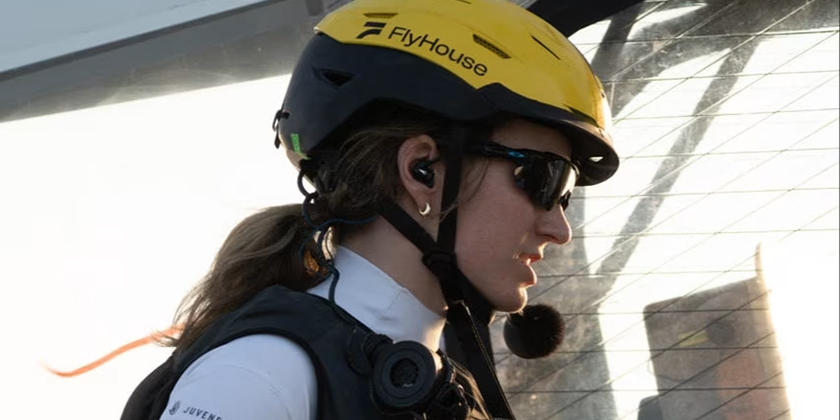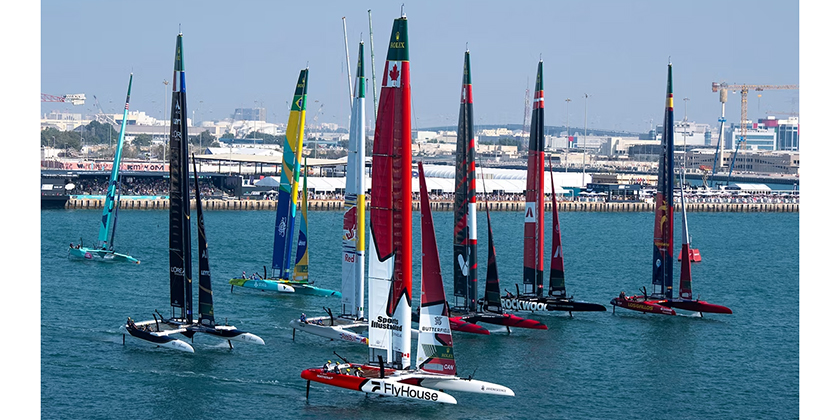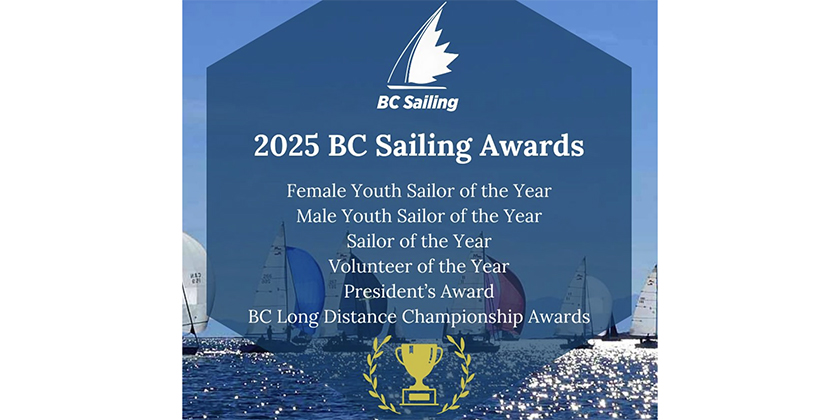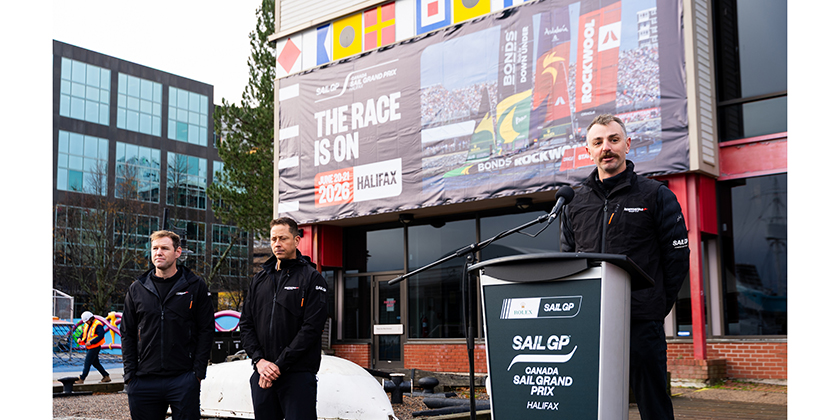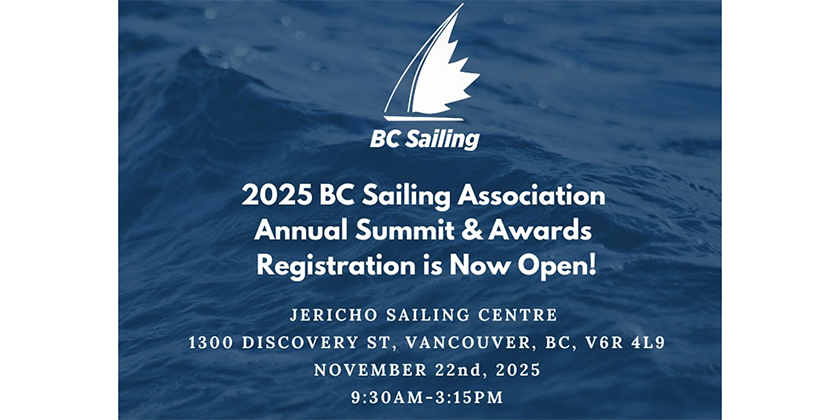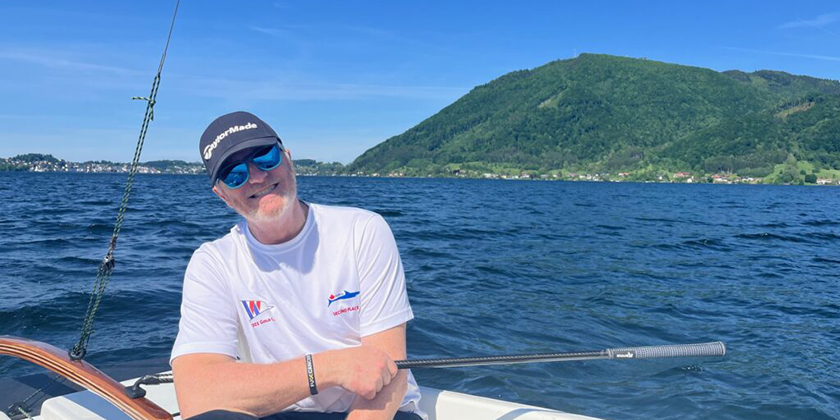Speed & Smarts: Fixing the Slows
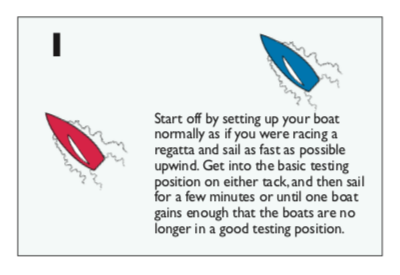
Feb 16, 2022
Last issue, we tried to determine if speed is actually the problem. Apparently it is – now what?
When it comes to curing a case of “the slows” and getting your boat up to speed, there may be no exercise more valuable than lining up near one other boat. There are several reasons why two-boat testing should be at the top of your priority list. First, it is the only way to evaluate your speed and height accurately. No matter how good your instruments or sense of feel, it’s impossible to measure exactly how fast (or slow) you are going without another boat alongside.
A second reason for two-boat testing (which may be even more important than the first) is that it gives you a chance to make trim changes and get instant feed- back on whether you are going faster or slower. With- out another boat nearby, the changes you make are essentially guesses in the dark. When you are sailing alone, there is no way to know whether trimming the mainsheet a little harder, for example, is good or bad.
On top of those reasons, two-boat testing gives you a great chance to work as a crew on changing gears (with instant feedback). And it doesn’t cost anything!
What should I test?
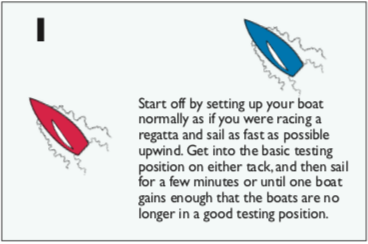
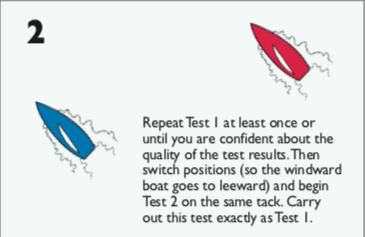
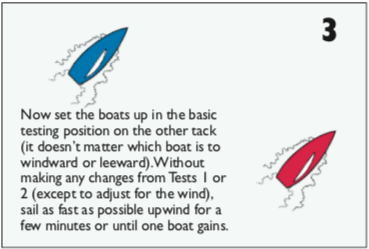
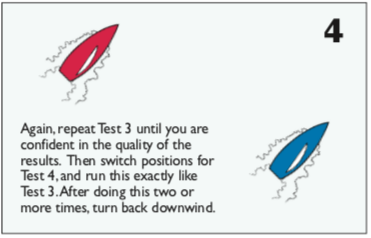
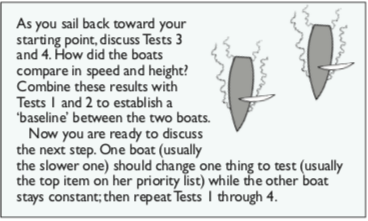 The first, and most important, thing is simply to test your best set-up against the other boat. Sail your boat as you normally do in races, focusing on good steering, sail trim and communication about shifting gears. Before you start changing things, it’s very valuable to measure how well you are going when your boat is trimmed as you have been racing it.
The first, and most important, thing is simply to test your best set-up against the other boat. Sail your boat as you normally do in races, focusing on good steering, sail trim and communication about shifting gears. Before you start changing things, it’s very valuable to measure how well you are going when your boat is trimmed as you have been racing it.
Once you have established a good ‘baseline’ with the other boat (i.e. you’ve done enough lineups that you are confident about which boat is faster or slower and by how much), you’re ready to change something. It is probably best to change only one thing at a time so you can isolate the effect of that variable on speed. Since it takes a while to test each variable thoroughly, I would start with the things (e.g. mainsheet, backstay, rake) that may have the biggest impact on speed. It would be great to test subtle things like cunningham tension, but you might go all day without seeing any differences in performance.
of these actions has a certain potential for making you faster, and a certain cost. Since no one has time to test everything, each sailor or team must make choices based on their own evaluation of the rewards and costs of the various options. Top priorities
should be actions that have a high speed potential and a low cost.
Evaluating your options
Below are a few of the many things you might try to go faster, and above is a sample of how to evaluate their rewards and costs visually. Where would you put these in the chart, and which would be your priorities?
1 Buy a brand new boat. Could be a big improvement, but won’t solve sailor-centered problems. Costly!
2 Buy a new mainsail and jib. Expensive but will almost certainly produce a noticeable speed upgrade.
3 Wet-sand and/or polish your hull. Unless your hull is pretty bad, this may be mostly psychological.
4 Fair your blades. Could make at least a slight difference on some boats.
5 Fix asymmetries in your keel or centerboard. A difficult project with a high potential return.
6 Adjust your mainsheet tension. Easy to do and can have a large impact on speed and pointing.
7 Change the outhaul setting. Usually will not make a significant difference in speed.
8 Change the amount of mast rake. Easy to do on some boats and could have a significant impact.
9 Fix asymmetries in tuning from port to starboard tack. Just takes time, but usually well worth it.
10 Lose weight before sailing in a light-air venue. Could help, but hard work and maybe it will be windy?
11 Get a more experienced crew. Big potential for speed improvement, but don’t forget about chemistry.
12 Hike harder when it’s windy. Won’t make much difference unless you’ve been pretty lazy in the past.
13 Remove all extra weight from your hull and rig. Effort required might not be worth the small return.
14 Hire a coach to help with speed. Requires some investment but could make a big difference.
15 Spend more time tuning with another boat. A no-brainer!
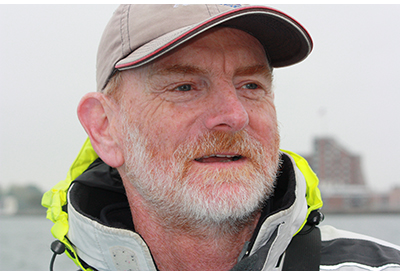 David Dellenbaugh is the publisher, editor and author of Speed & Smarts, the racing newsletter. He was the tactician and starting helmsman on America3 during her successful defense of the America’s Cup in 1992 and sailed in three other America’s Cup campaigns from 1986 to 2007. David is also two-time winner of the Canada’s Cup, a Lightning world champion, two-time Congressional Cup winner, seven-time Thistle national champion, three-time Prince of Wales U.S. match racing champion and past winner of the U.S. Team Racing Championship for the Hinman Trophy. He is currently a member of the US Sailing Racing Rules Committee (and was its chairman from 2005-2008).
David Dellenbaugh is the publisher, editor and author of Speed & Smarts, the racing newsletter. He was the tactician and starting helmsman on America3 during her successful defense of the America’s Cup in 1992 and sailed in three other America’s Cup campaigns from 1986 to 2007. David is also two-time winner of the Canada’s Cup, a Lightning world champion, two-time Congressional Cup winner, seven-time Thistle national champion, three-time Prince of Wales U.S. match racing champion and past winner of the U.S. Team Racing Championship for the Hinman Trophy. He is currently a member of the US Sailing Racing Rules Committee (and was its chairman from 2005-2008).
You can subscribe to the Speed & Smarts newsletter HERE

